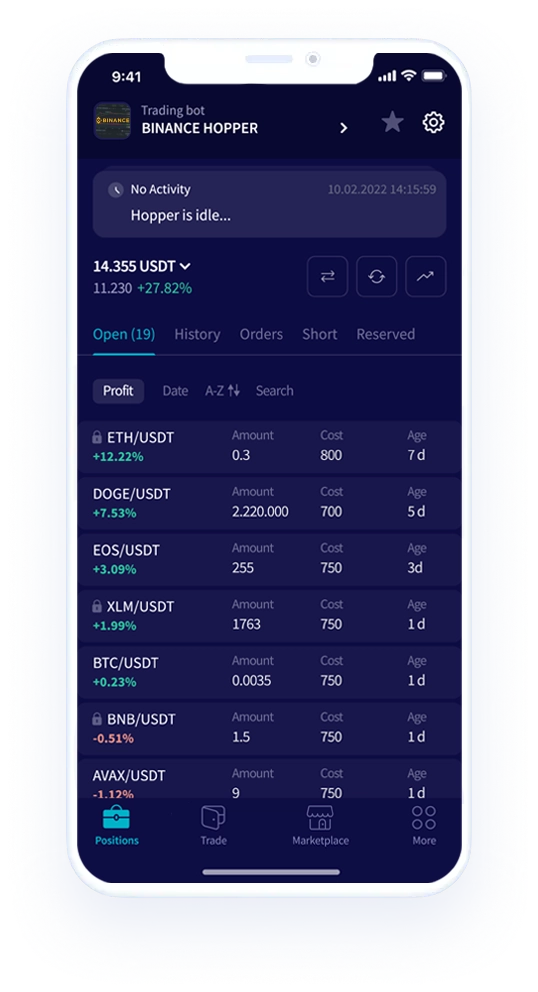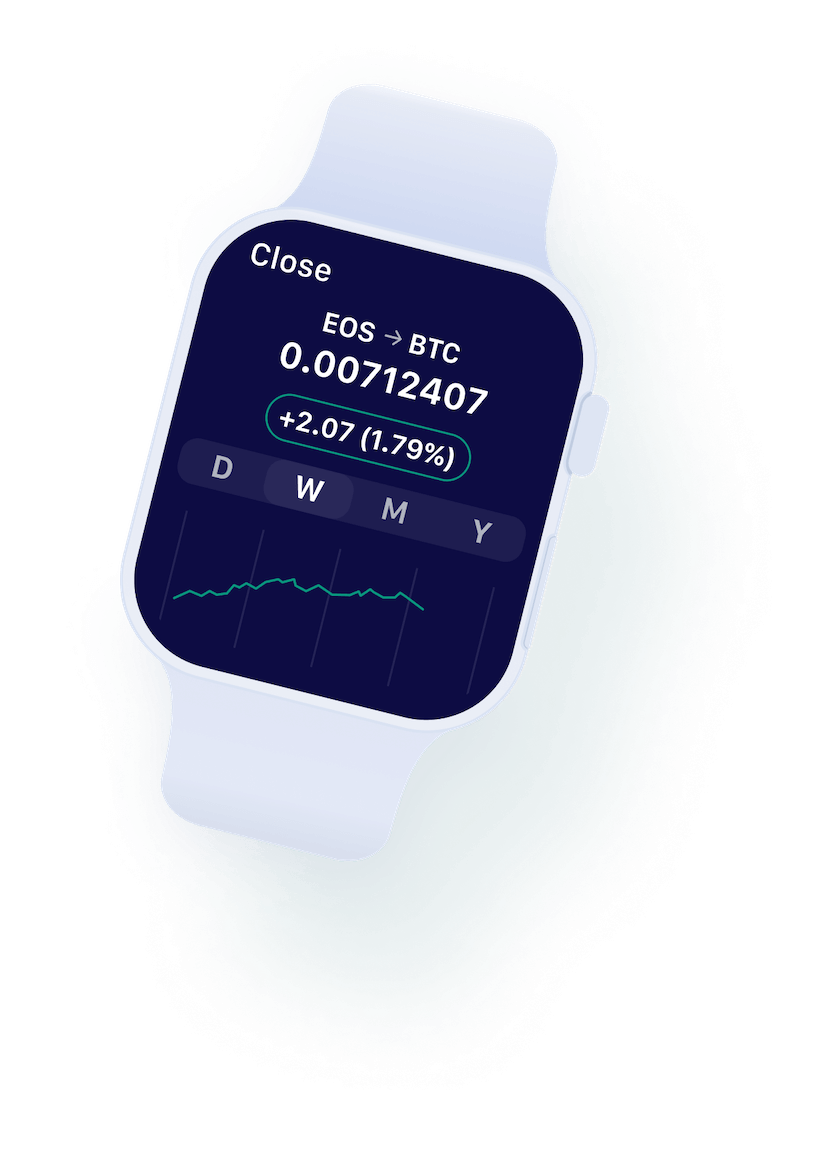A Look at NexBridge’s Tokenised US Treasury Offering and Capital Raise
NexBridge, a digital asset issuer based in El Salvador, recently achieved a significant milestone with the launch of USTBL, a tokenised US Treasury Bill offering. USTBL was offered on Blockstream’s Liquid Network, raising $30 million during its initial public issuance through Bitfinex Securities. NexBridge states it has plans to scale the issuance to $200 million.
Founded to bridge traditional finance and blockchain technology, NexBridge specializes in tokenising real-world assets (RWAs) such as securities and private investment funds. The company aims to enhance financial inclusivity and accessibility by leveraging Bitcoin’s efficiency and transparency. NexBridge operates as both a Digital Asset Issuer and a licensed Digital Asset Service Provider, ensuring that its offerings meet the compliance standards of the El Salvador digital assets regulator, the Comision Nacional de Activos Digitales(or CNAD), while integrating seamlessly with global financial systems. The USTBL issuance was a continuation of NexBridge’s mission to modernise asset management and demonstrate the potential of digital assets to transform conventional financial instruments.
The tokenisation of RWAs, such as US Treasuries, reflects a growing trend in traditional finance, driven by the Bitcoin blockchain’s ability to improve efficiency, liquidity, and accessibility. Tokenised assets enable 24/7 trading, faster settlement times, and lower transaction costs by reducing reliance on intermediaries. This trend has gained traction with major players like BlackRock and Franklin Templeton introducing similar offerings, signalling a shift in how institutional and retail investors interact with financial assets. NexBridge’s USTBL aligns with this broader movement, offering a model that combines the stability of traditional investments with the adaptability of digital finance.
The success of NexBridge’s USTBL demonstrates the potential of tokenised assets to reshape the global financial landscape. By democratising access to traditionally exclusive markets, tokenisation enables broader participation and increases liquidity for assets like government bonds and real estate. Looking ahead, regulatory clarity and technological advancements will be critical to the widespread adoption of tokenized RWAs. NexBridge’s compliance with El Salvador’s forward-thinking Digital Asset Law positions it as a pioneer in this space, paving the way for more accessible, transparent, and efficient financial markets. As tokenisation becomes more prevalent, it may redefine how financial assets are issued, traded, and managed on a global scale.
What are the Implications of Widespread Tokenisation and the Crypto-fication of Traditional Markets?
The digitalisation of traditional finance and capital markets, driven by the increasing acceptance and regulation of Bitcoin and digital assets, holds transformative potential. By integrating digital asset technologies with legacy systems, these markets can achieve enhanced efficiency, transparency, and accessibility. Tokenisation of traditional assets such as stocks, bonds, and real estate enables fractional ownership, allowing a broader range of investors to participate with lower capital requirements. This democratisation of finance could bridge the gap between institutional and retail investors, potentially reshaping the global investment landscape. Regulatory clarity and oversight are key to fostering trust and encouraging broader adoption of digital assets among institutional players and retail participants alike.
Widespread tokenisation could unlock significant capital inflows into both traditional and digital markets. Institutional investors, previously hesitant due to regulatory uncertainties and perceived risks, may increasingly allocate funds to tokenised assets, attracted by their enhanced liquidity, lower transaction costs, and real-time settlement capabilities. Retail investors, enabled by fractional ownership and 24/7 trading opportunities, could further drive demand. The integration of tokenised assets into Decentralised Finance (DeFi) ecosystems also creates opportunities for innovative financial strategies, such as collateralised lending, automated portfolio rebalancing, and yield farming, which could amplify overall market activity and liquidity.
The “crypto-fication” of legacy financial markets is likely to spur the development of new investment products and trends. Tokenised funds, exchange-traded tokens, and blockchain-based derivatives could become mainstream, offering dynamic and programmable investment solutions tailored to individual needs. Real-world assets, such as real estate or infrastructure projects, could be tokenised and made available to a global pool of investors. Additionally, hybrid financial instruments combining traditional securities with decentralised mechanisms may emerge, offering a unique blend of stability and innovation. Crowdfunding and project financing could also evolve, allowing entrepreneurs to raise capital directly through tokenised equity or debt offerings. The growing integration of decentralised digital assets with centralised FinTech platforms is blurring traditional boundaries, creating a hybrid financial ecosystem that combines the transparency and programmability of digital assets with the accessibility and regulatory compliance of conventional finance.
As these trends evolve, the broader financial ecosystem may see a convergence of traditional finance and DeFi, leading to a more integrated and interoperable global market. Digital asset transparency and programmability could help mitigate risks of fraud and inefficiency. This transition could ultimately redefine asset ownership, streamline cross-border transactions, and enable the creation of a truly global, inclusive financial system. However, achieving this potential will require addressing challenges such as regulatory alignment, technological interoperability, and investor education to ensure a smooth and sustainable integration of rapidly evolving digital assets into the fabric of far more conservative traditional finance.
Will More Nimble Emerging Economies Be the Real Winners Moving Forward?
Emerging markets, historically constrained by limited access to liquidity and global investment opportunities, are uniquely positioned to leverage the technological advancements of tokenisation and digital assets. Unlike developed nations with entrenched financial systems and complex regulatory frameworks, these economies can adopt and implement cutting-edge digital asset-focused infrastructure with greater agility. This advantage mirrors the way many emerging markets bypassed costly and resource-intensive landline infrastructure, instead adopting wireless, cell phone-based systems to achieve widespread connectivity. By embracing tokenisation as a foundation for modernising their economies, emerging markets have the potential to leapfrog traditional financial models, enabling more efficient capital flows and broader economic participation.
The regulatory flexibility often found in emerging markets plays a significant role in their ability to iterate and innovate rapidly in the adoption of digital assets. Without the burden of legacy systems and entrenched interests that often hinder change in developed economies, these nations can design forward-looking policies that encourage investment, technological experimentation, and entrepreneurial activity. For instance, countries such as El Salvador, which has actively embraced Bitcoin as legal tender, demonstrate how emerging markets can use digital assets to enhance financial inclusion and attract foreign capital. These nimble regulatory environments allow emerging markets to serve as testbeds for new financial technologies, potentially setting global benchmarks for innovation.
Tokenisation offers emerging markets a powerful tool to unlock liquidity in previously illiquid assets such as real estate, agricultural goods, and infrastructure projects. By converting these assets into digital tokens that can be traded on digital asset platforms, emerging economies can attract global investors, democratise access to local opportunities, and generate new capital inflows. This increased liquidity can stimulate domestic growth and strengthen resilience against external economic shocks. Additionally, tokenisation provides a more secure, transparent, and efficient mechanism for managing and trading assets, reducing barriers to entry for both domestic and international participants, and combatting corruption or financial mismanagement common in emerging markets.
The ability of emerging markets to leapfrog developed nations in adopting digital assets could reshape the global economic landscape. By starting with a more flexible and technologically advanced foundation, these economies can redefine traditional power dynamics in global finance, positioning themselves as leaders in the blockchain-driven transformation of capital markets. Over time, this shift could narrow the gap between developed and developing nations, fostering greater economic equity and innovation on a global scale. Emerging markets that successfully harness the potential of tokenisation may not only enhance their own financial ecosystems but also influence the evolution of financial systems worldwide.
The post appeared first on Bitfinex blog.

